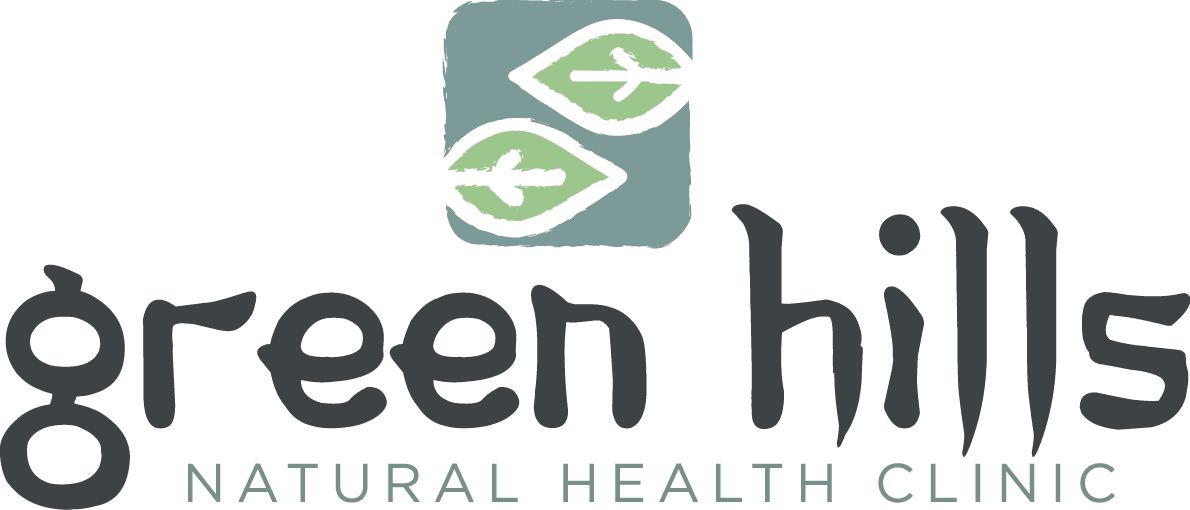Our Process
How Acupuncture Works
Acupuncture In the Clinic
TCM uses a system of sign and symptom pattern recognition and treatment. These signs and symptoms are determined through a consistent series of questioning, examination of the tongue, and palpation of the pulse. Patients may present with a simple pattern or, more commonly, with multiple patterns. The combinations of patterns explains how, in practice, TCM can treat such varied complaints.
As a TCM practitioner, the challenge is to figure out the patterns and prioritize treatment. Once the pattern is identified the practitioner uses his or her tools: acupuncture, Chinese herbal medicine, and dietary and lifestyle recommendations to bring the flow of Qi and other natural states in the body back to a balanced state resulting in amelioration or relief of symptoms. TCM does not claim to cure the disease, only to relieve the symptoms by bringing the body to a balanced state of health. If the balance is maintained, symptoms will not return.
Western Science
The 1997 NIH Consensus Statement on Acupuncture states considerable evidence exists that acupuncture:
- Releases endorphins, the bodies natural pain medicine
- Activates the hypothalamus and pituitary gland resulting in a broad spectrum of systemic effects
- Alters the secretion of neurotransmitters and neurohormones, affecting mood and regulatory functions
- Changes the regulation of blood flow, both centrally and peripherally
- Alters immune function
From a western science perspective, these wide ranging effects explain how TCM can treat such varied complaints.
Eastern Philosophy
TCM is based on an energetic model rather than the biochemical model of Western Medicine. The ancient Chinese recognized a vital energy, which they called Qi (pronounced “chee”), in all life forms and life processes. They also discovered a system of Qi circulation along specific pathways or meridians throughout the human body. Each meridian corresponds with a particular internal organ system.
It is important to note here that the TCM conception of the internal organs overlaps, but does not directly correspond with our current understanding of the organs. Disease is considered the result of blocked Qi flow or imbalances in other natural states of the body impairing the optimal function of the organs and/or musculoskeletal system. The meridians, which carry the Qi, “communicate” with the organs and musculoskeletal system through surface points on the body called acupuncture points.
Each point has a predictable effect on the qi passing through it and the associated organ. Herbal medicine and dietary and lifestyle recommendations also have predictable effects on the flow of Qi and on other natural states of the body. You might think of acupuncture, herbs and dietary and lifestyle recommendations as the tools of the TCM practitioner.


